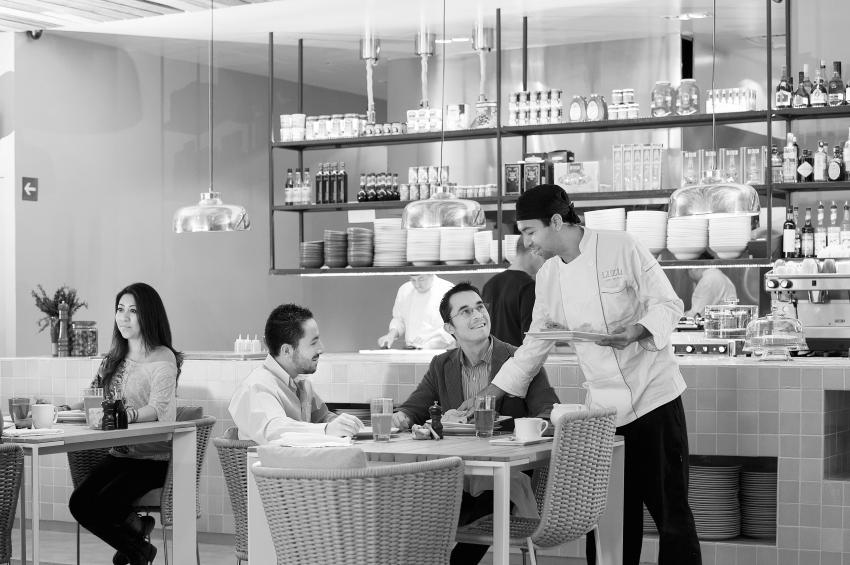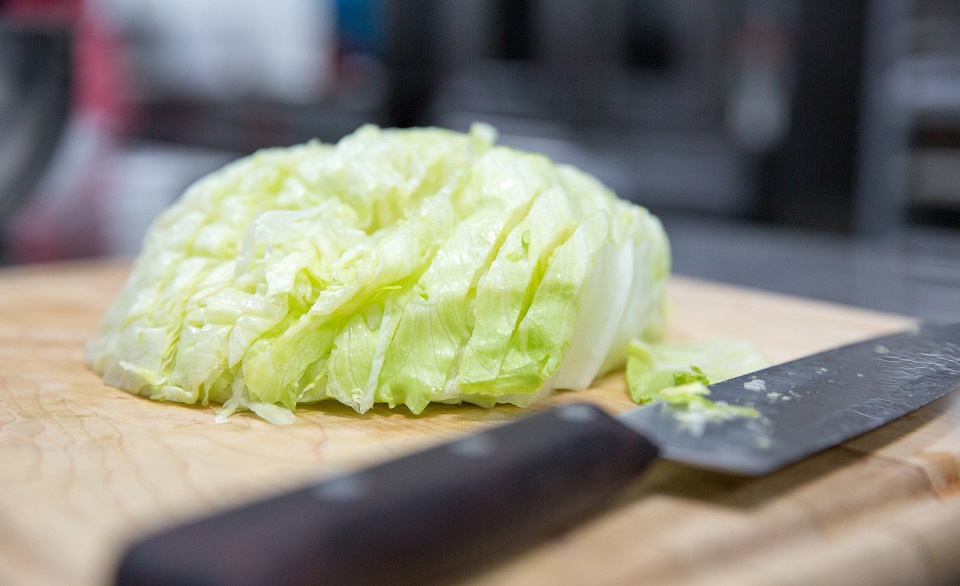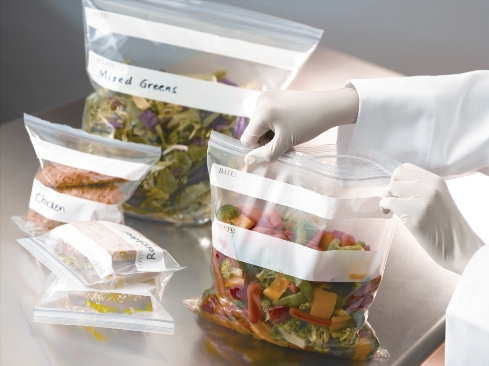Ice Machines, Beverage Dispensers & Other Overlooked Food Safety Hazards
At the end of the spring semester in our campus food production lab, we’re fortunate to have the opportunity to hit pause and reset for the summer and prepare for fall—a luxury many foodservice operations don’t often get. During this time, we can deep clean, shut down equipment, and perform a thorough reset of the space. While some school foodservice programs may also have this seasonal window, many commercial kitchens operate year-round and rarely have the chance to step back in this way.
Among the many pieces of equipment that we focus on cleaning during this time are the ice machine and soda dispensers. We clean them throughout the year, too, but they are pieces of equipment that are sometimes neglected. I can see why some may forget about them. In food safety training, much attention is paid to keeping food at safe temperatures, avoiding cross-contamination, and ensuring hand hygiene. While the spotlight is often on cooking and holding procedures, some food safety hazards are hiding in plain sight: ice machines, beverage dispensers, and other equipment that’s easy to forget during daily cleaning routines.
Ice is considered a food under FDA guidelines, which means it must be handled and stored with the same care as any other consumable. Yet, ice machines are notorious for harboring mold, slime, and bacteria, often due to irregular cleaning and maintenance. Ice scoops left on top of the machine, hands reaching into bins, or contaminated utensils can all introduce pathogens. When was the last time you inspected the water line to your ice machine – or even more importantly, the filter? Just as with any surface, if they are not cleaned and sanitized regularly, the risk of contamination only grows.
In foodservice operations, ice is an important component of the service and production processes. It is used for both beverages and for cooling of food. Thus, it is important to be diligent in cleaning and monitoring ice machines.
…Food safety isn’t just keeping hot foods hot and cold foods cold; it’s about the unseen risks that accumulate over time.
Soda fountains and beverage dispensers can also be a hidden hazard. Sugary syrups and low-acid liquids provide a perfect breeding ground for bacteria and yeast, especially in and around the nozzles and drip trays. These areas often go unnoticed in daily cleaning routines and can develop biofilms—thin layers of microbial growth that are hard to remove and can contaminate drinks. In most cases, the trays themselves are dark in color, often black, meaning spotting these biofilms is not easy to do visually.
Another issue arises with the internal tubing of beverage systems. Without proper flushing and sanitization, residue can build up, leading to off-flavors and microbial risks. In both commercial and institutional settings, ensuring that staff are trained to clean these systems according to the manufacturer’s specifications is essential.
Beyond ice and beverages, there are many overlooked surfaces that require consistent attention. Refrigerator gaskets can collect food particles and condensation, creating a moist, dark environment where mold and bacteria thrive. Handles of reach-in coolers, microwave buttons, and faucet levers are frequently touched but seldom cleaned with the same rigor as food prep surfaces.
Food safety isn’t just keeping hot foods hot and cold foods cold; it’s about the unseen risks that accumulate over time. By creating comprehensive cleaning schedules that include non-obvious equipment and surfaces, and by regularly training staff on the “why” behind those practices, foodservice operations can protect both their customers and their reputations. After all, preventing illness doesn’t just happen on the line—it happens behind the ice machine, under the soda fountain, and everywhere in between. Risk Nothing.
READ MORE POSTS
The Cold Chain in the Hot Summer Months
Keeping foods at proper cold holding temperatures (between 28°F and 41°F maximum or 0°F for frozen food) from the food manufacturers to your customers has to be one of our strongest links to safe food. Sometimes that is referred to in the food industry as “maintaining the COLD CHAIN”. Any slip ups in the cold chain, and we have a weak link. If you accept the food, you have greatly increased your foodborne illness risk and compromised your food quality.
Routes of Foodborne Illness & Germs
From your sniffling coworker to the raw chicken on your kitchen cutting board, everyday life is full of potential infectious hazards. With germs so common and seemingly everywhere, knowing how germs spread is vital to preventing infection and foodborne illness. There are seven possible ways for the transmission of bacteria and viruses to take place. Although some of these microorganisms in our environment are good for us and protect us, disease causing pathogens are the germs or bad guys.
Handling Leafy Green Salad
We have had several produce outbreaks of foodborne disease from our lettuce, spinach, and other greens in the last several years that have been devastating to the produce growers and distributors, retail grocery stores, restaurants, and consumers.
Food Packaging Safety in a Vacuum
Extending the shelf life of fresh foods has come a long way in the food industry since curing meats with salt and sugar or canning vegetables with heat processing. The food service and consumer markets needed some better visual packages to draw the eye to the freshness factor and the technology of food packaging has filled our dinner plate. Vacuum packaging and modified atmosphere packaging, shortened to “MAP”, are the terms used for the method of food packaging used every time we choose convenience over more complex scratch meal preparation. According to industry statistics, billions of packages of vacuum and MAP-packaged foods flood the marketplace today. In both modified-atmosphere and vacuum packaging, food is packaged in a pouch made of barrier film.










